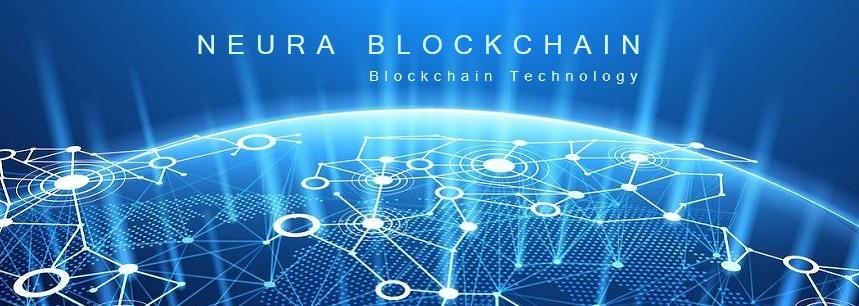In order to explain in a summarized way the functioning of Blockchain, first of all, it is necessary to know the main elements that integrate it. Thus, the main components of a blockchain system are the following:
1.0) The blockchains where the transactions that take place on the network are noted.
1.1) The blocks are sequentially linked to each other, through functions called hashes (cryptographic digests), forming a chain. Each block has a certain maximum capacity and is like a page of an accounting ledger, in fact it is the accounting ledger, practically infinite, in which everything that has been written can no longer be erased or altered, which gives it absolute immutability.
2.0) The nodes are simply the computers, i.e. each user, that store the copy of the accounting ledger, i.e. they store the blockchain. To be configured as a node, each computer must have the corresponding software and in case of being a permissive network, obviously with the relevant permissions.
3.0) Digital wallets or wallets, which are mere applications or interfaces through which users make transactions and manage their digital identity (ID) in order to operate. It is a simple app that can be downloaded to the user's device, through which the private key and the public key with which each user can operate are available.
3.1) On the other hand, there are also so-called miners, especially in cryptocurrency networks, who are the nodes that authorize the addition of blocks to the chain and, to do so, they must solve a mathematical problem following a consensus protocol.
For this effort (which involves having great capacity and using a lot of energy) they receive rewards in digital currency that come both from new coins, which are created by mining the transaction, and from the commissions paid by those who order the transactions.
In cryptocurrencies, mining can primarily use Proof of Work (PoW) or Proof of Stake (Proof of Stake) systems.
The operation of a common blockchain transaction begins with the sending of a digital asset from one digital wallet or wallet to another digital wallet of another user.
These transactions have to be endorsed by several nodes and grouped with other transactions and then be taken by the miners as a job that they have to solve in exchange for a reward.
The miners choose a set of transactions that can be different for each group of miners and compete with each other to obtain what is called a value (nonce) that solves the puzzle or mathematical challenge that authorizes the miner who solves it, (logically in a mechanized way through his computational capacity) to propose his block with the transactions that this block contains, to be added to the blockchain.
This proposed block also includes the identification and hash of the previous block, thus establishing the linearity of the chain. All blockchains are distributed, i.e., they run on computers volunteered by people around the world, so there is no central database that can be attacked. A potential attacker would have to have at least 51% of the network to try to achieve his goal.
For example, in the Bitcoin Blockchain, every ten minutes, all transactions made are checked, sorted and stored in a block that is joined to the previous block, thus creating a chain. If you want to steal a bitcoin you have to rewrite the entire blockchain in full view of everyone, which is practically impossible.
The encryption system is essential in blockchain. In 1976, Whitfield Diffie and Martin Hellman created the algorithm that bears their name, with which they proposed to break encrypted keys into two keys, so that there would be a public and a private one. The public key can be used to encrypt a message, but the private key is needed to decrypt it.
These authors, together with Ralf Merkle, creator of the Merkle Trees and Ron Rivest, Adi Shamir and Leonard Adleman, creators of the RSA algorithm that allows the encryption and decryption of messages, constitute the group of creators of public key cryptography.
To make fraudulent modifications to the operations would require launching a simultaneous computer attack on the various databases. If, for example, an attempt were made to modify the contents of one of the blocks, the rest of the network devices would respond instantly, corroborating that the altered data does not match the rest and reverting it to the original. In this way, a healthy record is kept of operations in cryptocurrency networks and problems such as double spending or other malicious actions are avoided.



No comments:
Post a Comment